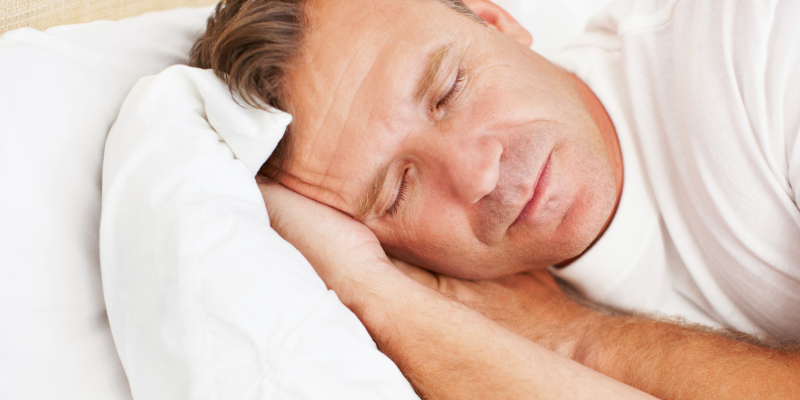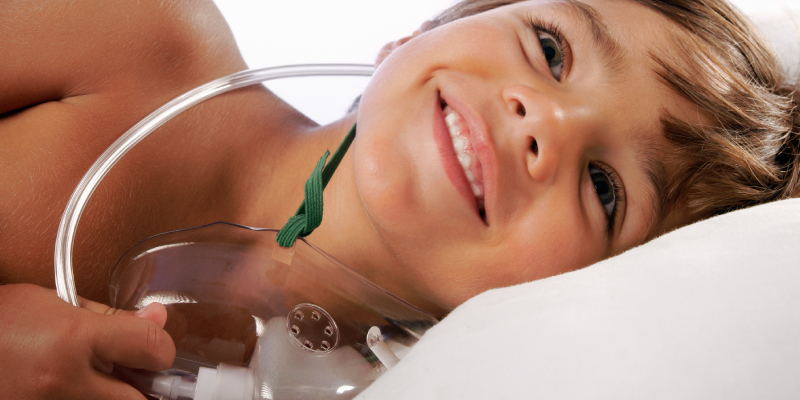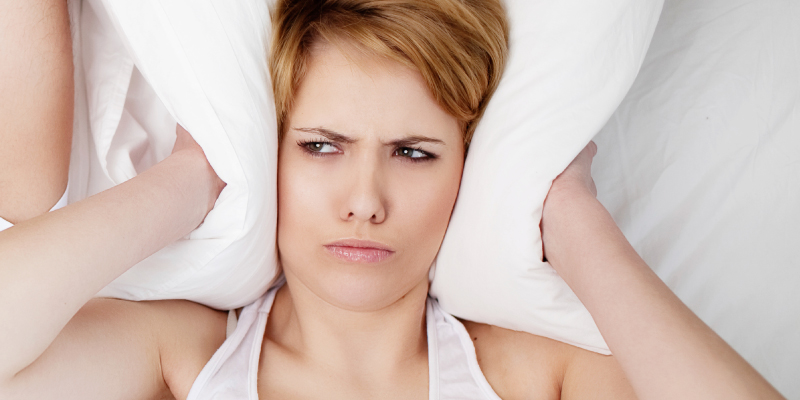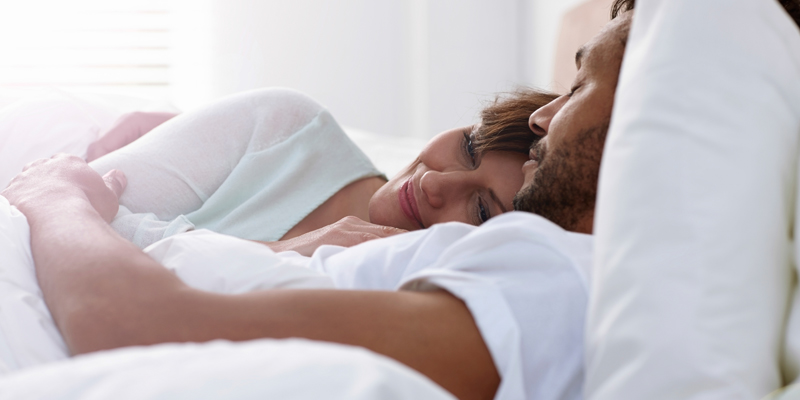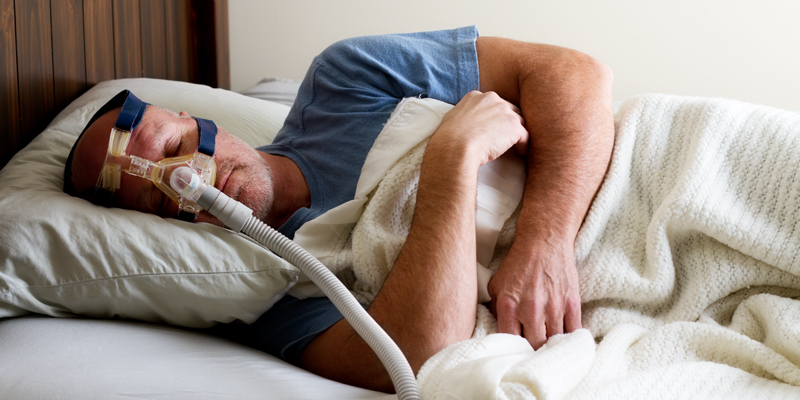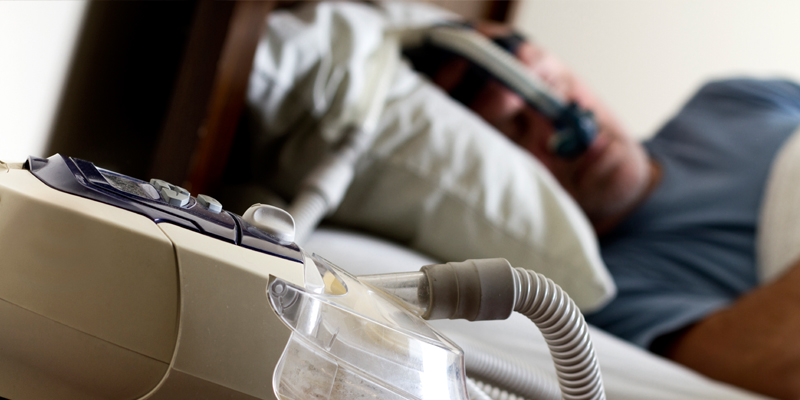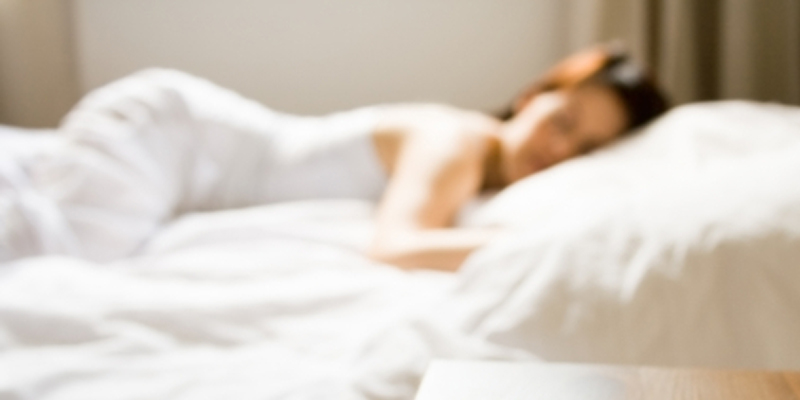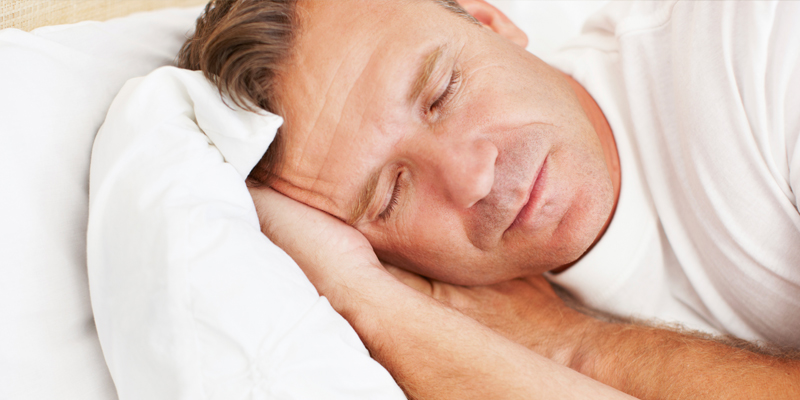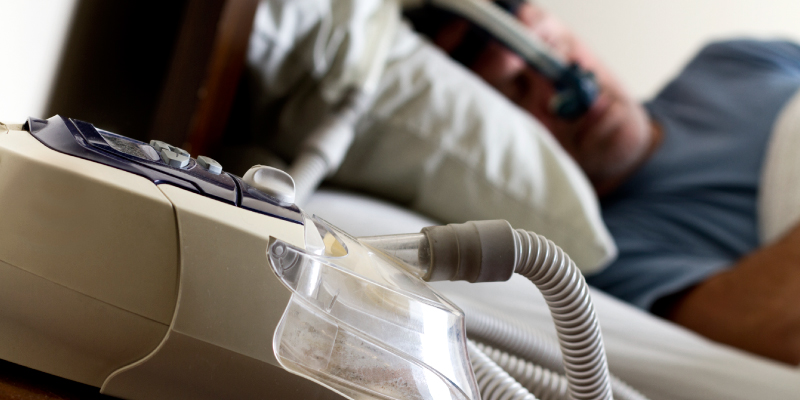
It’s vacation time! If you’re not up for a road trip, chances are you’ll find yourself on a plane, cruise ship or a train. Vacationing with CPAP machines isn’t as hard as you think. Don’t think because you have one, it limits you to your home or commutes around town. It is very common to see people carry their CPAP machines and supplies just like any other bag.
Keep in mind, if you are traveling internationally and you have a newer machine, it will be compatible with different voltages you might come across. Make sure to pack those universal power supplies. If not, you’ll have to run off the available power system.
Make sure whether you are on a plane or train to reserve a seat that is handicap accessible or has enough room to compensate for the CPAP machine. Make sure to tell the airline, cruise ship or train company that you’ll need to use it if you travel overnight. They may ask for a doctor’s note and prescription information. Be sure to explain any special regulations or accommodations you’ll need on the trip.
Keep in mind while traveling to get to your check-in or security check-in at least two hours before departure. This allows enough time to have security check through your CPAP machine bag. CPAP machines can be checked in and classified as checked luggage or carry-on items.
Security will more than likely inspect your machine and supplies and remove the machine from the travel case, while not un-hooking the face mask or tubes. They will also be checked for explosive traces. For everything to expect during a TSA examination of your CPAP machine, check out our previous blog on the topic.
CPAP Central offers a wide selection of CPAP equipment, including travel-sized CPAP machines. Please feel free to contact us with any questions!

